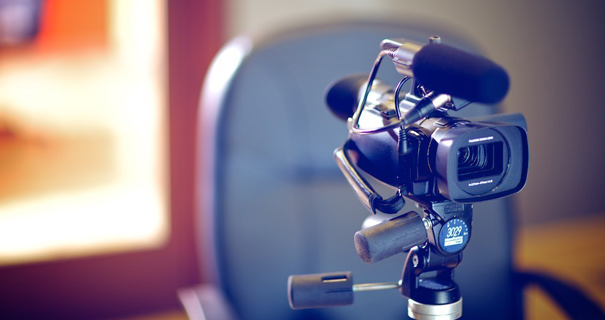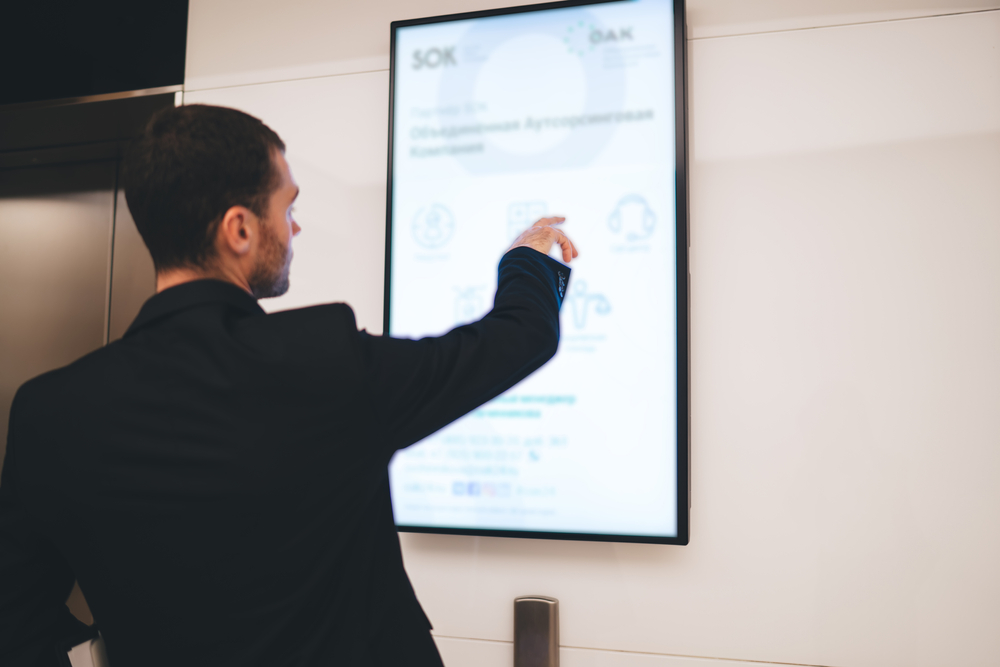The Role of Trial Presentations in Creating Persuasive Closing Arguments
The Role of Trial Presentations in Creating Persuasive Closing Arguments
Blog Article
Enhancing Your Lawful Approach With Expert Test Presentations
In today's legal landscape, the value of specialist trial discussions can not be overemphasized. As lawyers navigate the intricacies of the court room, the capacity to efficiently convey detailed arguments is paramount. By transforming thick legal principles into interesting narratives, experts can enhance juror comprehension and retention. Integrating multimedia devices and narration techniques can develop an engaging backdrop that not just notifies yet likewise reverberates mentally with jurors. Nevertheless, the question continues to be: what particular approaches can lawyers use to raise their presentations and ultimately influence trial outcomes?
Importance of Test Presentations
Trial presentations serve as an essential aspect in the legal procedure, efficiently linking the void in between complicated legal debates and juror understanding. The ability to distill intricate legal principles into accessible stories is important for jurors, that need to make enlightened choices based on the evidence offered. A well-crafted presentation not only makes clear the situation but likewise enhances the persuasiveness of the argument, inevitably affecting the court's assumption.
In an era where focus spans are restricted, the importance of involving visuals and clear communication can not be overstated. Test discussions serve to catch jurors' passion and preserve their focus, enabling for a much deeper understanding of the realities and legal concerns at hand. Moreover, they offer an organized structure that organizes the instance, helping with logical flow and comprehensibility.

Key Elements of Effective Presentations
A reliable presentation in a court establishing hinges on several vital parts that jointly improve its effect. Attorneys should boil down complicated lawful disagreements right into succinct, conveniently absorbable factors to guarantee jurors grasp the core problems.
Aesthetic help play a critical role as well, as they can dramatically reinforce essential messages. Efficient usage of exhibits, charts, and representations can clarify complex information and highlight essential truths. In addition, the presenter's delivery design is essential; certain, interesting communication fosters trustworthiness and maintains jurors' focus.
Lastly, comprehending the audience is vital. Customizing the discussion to the jurors' histories and values can promote a connection that improves receptivity to the disagreement. In recap, clarity, narrative framework, visual aids, distribution style, and target market awareness are important to crafting an effective courtroom presentation that reverberates with jurors and sustains the overarching legal approach.
Innovation in Trial Presentations
Modern court rooms progressively integrate modern technology to boost trial discussions, developing on the fundamental aspects of reliable communication established with clear messaging and engaging stories. The incorporation of audio-visual help, such as high-def projectors and interactive screens, permits legal groups to present evidence in a much more engaging manner. This innovation not just catches the court's attention yet also promotes a better understanding click here to find out more of complicated details.

Digital tools, including discussion software and digital display management systems, improve the company and access of proof (trial presentations). Lawyers can quickly reference documents, photos, and videos, making certain that crucial info is easily obtainable throughout the test. Additionally, making use of computer animations and simulations can clearly highlight vital concepts, making them easier for jurors to understand
Furthermore, courtroom technology promotes collaboration among legal professionals, allowing real-time modifications to presentations based on court reactions or unanticipated advancements. The capability to adapt on the fly is important in preserving engagement and strengthening disagreements. As innovation remains to develop, its role in trial discussions will certainly expand, using ingenious methods to communicate you could try this out effectively and persuasively in the search of justice.
Narration Methods for Impact
Effective narration strategies are essential in providing impactful test discussions, as they transform complicated legal disagreements right into relatable narratives. A well-crafted tale astounds the audience, making it much easier for jurors to understand and keep in mind crucial factors.
To develop a compelling story, attorneys need to concentrate on establishing a clear structure with a beginning, center, and end. The beginning ought to present the instance context and its value, while the center elaborates on the core problems, weaving in proof and witness testimonies that sustain the argument. Conclusively, the ending must strengthen the designated message, driving home the wanted end result.
Furthermore, integrating psychological aspects can dramatically enhance the story's influence. By humanizing the case, attorneys can stimulate compassion, allowing jurors to link personally with the realities presented. Using dazzling images and anecdotes can likewise assist in highlighting intricate look at these guys motifs, making them more concrete and unforgettable.

Tips for Execution in Court
Executing narration strategies in court requires cautious preparation and execution to make certain that the narrative reverberates with jurors. Begin by identifying the core message of your instance and aligning it with the psychological and factual elements that will involve the jury. Produce a clear and engaging narrative arc that includes an introduction, a growth of conflict, and a resolution.
Use aesthetic help to enhance storytelling; exhibitions, timelines, and multimedia discussions can help illustrate complicated principles and maintain juror interest. Exercise your shipment, ensuring that body language, tone, and pacing are regular with the psychological weight of your story.

Verdict
In final thought, professional trial discussions play a crucial duty in improving lawful techniques by properly communicating complicated arguments to jurors. The combination of aesthetic aids, clear narratives, and psychological storytelling promotes juror involvement and comprehension. By leveraging technology and sticking to key components of effective discussions, attorneys can substantially boost the likelihood of accomplishing favorable judgments. The implementation of these methods is essential for contemporary trial campaigning for, inevitably shaping the outcome of lawful proceedings - trial presentations.
Report this page